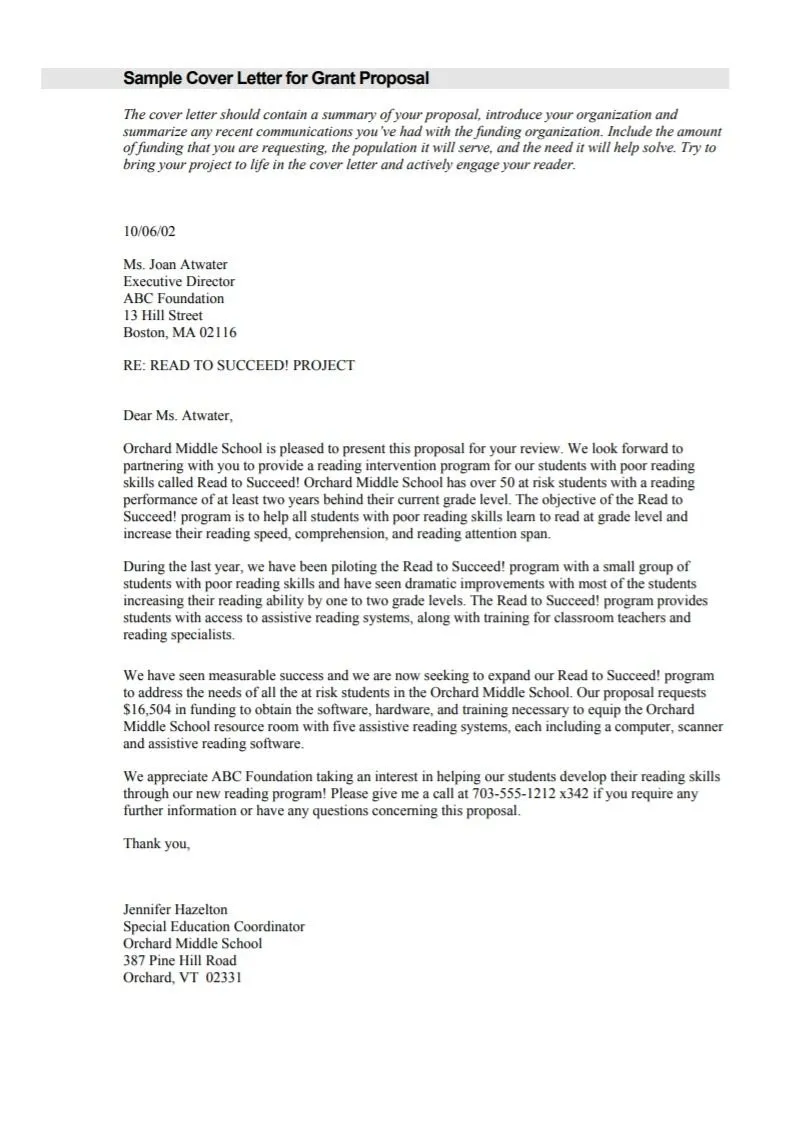What is a Proposal Cover Letter
A proposal cover letter is a crucial document that accompanies your proposal, acting as a formal introduction and summary of the main points. It’s the first impression you make on the recipient, and therefore, it plays a vital role in setting the tone and context for your proposal. It serves as a concise overview of what your proposal offers, highlighting key benefits, and persuading the recipient to read and consider your complete proposal. This letter must be clear, concise, and compelling, demonstrating professionalism and a clear understanding of the recipient’s needs and the project or opportunity at hand. A well-crafted cover letter can significantly increase the likelihood of your proposal being accepted.
Importance of a Proposal Cover Letter
The importance of a proposal cover letter cannot be overstated. It is, in many ways, as important as the proposal itself. This letter gives you the opportunity to immediately capture the reader’s attention and make a positive first impression. It quickly establishes the purpose of your proposal and creates a context for the recipient. It also offers a chance to highlight the key benefits of your proposal and demonstrate how it aligns with the recipient’s needs. A well-written cover letter can set you apart from competitors and increase the chances of your proposal receiving a favorable review. It shows that you’ve paid attention to detail and are committed to delivering high-quality work. It also acts as a roadmap, guiding the reader through the complexities of your proposal and persuading them to engage with your ideas.
Key Elements of a Proposal Cover Letter
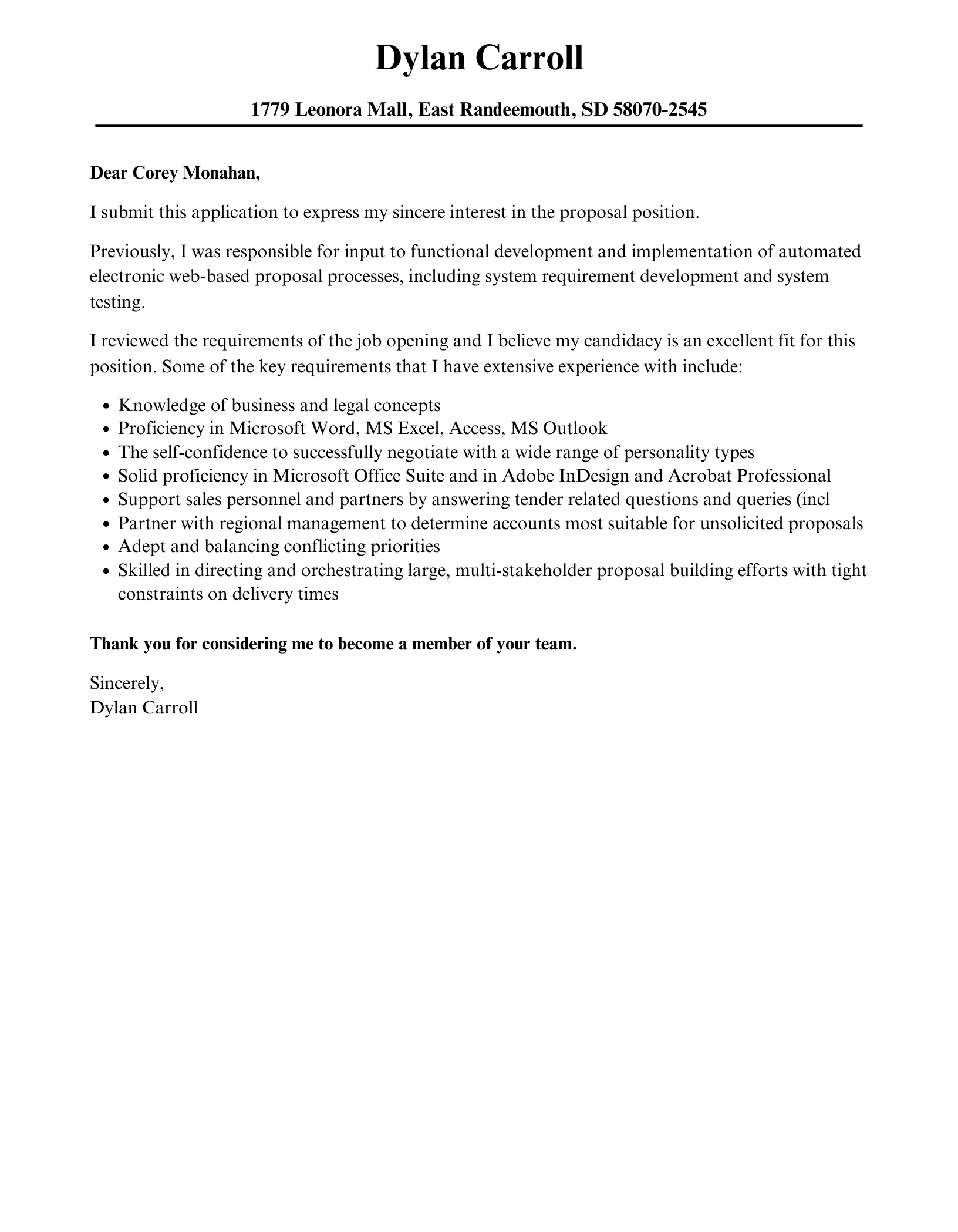
A compelling proposal cover letter needs several key elements to be effective. These elements help establish credibility, highlight the value of your proposal, and encourage the recipient to take action. The letter’s structure and the information included within it are designed to make your proposal stand out and increase your chances of success. By incorporating these core components, you can create a persuasive introduction that captures the reader’s attention and leads them into your main proposal.
Your Contact Information
Start with your full name, title (if applicable), company name, address, phone number, and email address at the top left. This information ensures the recipient can easily reach you. It’s a professional touch that immediately establishes your credibility. Accuracy is paramount, so double-check all details to prevent communication issues. Make sure your email address is professional. Ensure your contact information is consistent with the information in your proposal. This initial contact information shows attention to detail and professionalism.
Date and Recipient Information
Directly below your contact details, add the current date, followed by the recipient’s name, title, company name, and address. Addressing the letter to a specific person (e.g., ‘Dear Mr./Ms. [Last Name]’) is much more personal and shows you’ve done your research. Use formal titles and correct spellings to demonstrate respect and professionalism. If you don’t know the specific name, research the company’s website or call to find it. Incorrect information can be a significant turnoff. This demonstrates you care and take the time to properly prepare your proposal and cover letter.
Opening and Purpose Statement
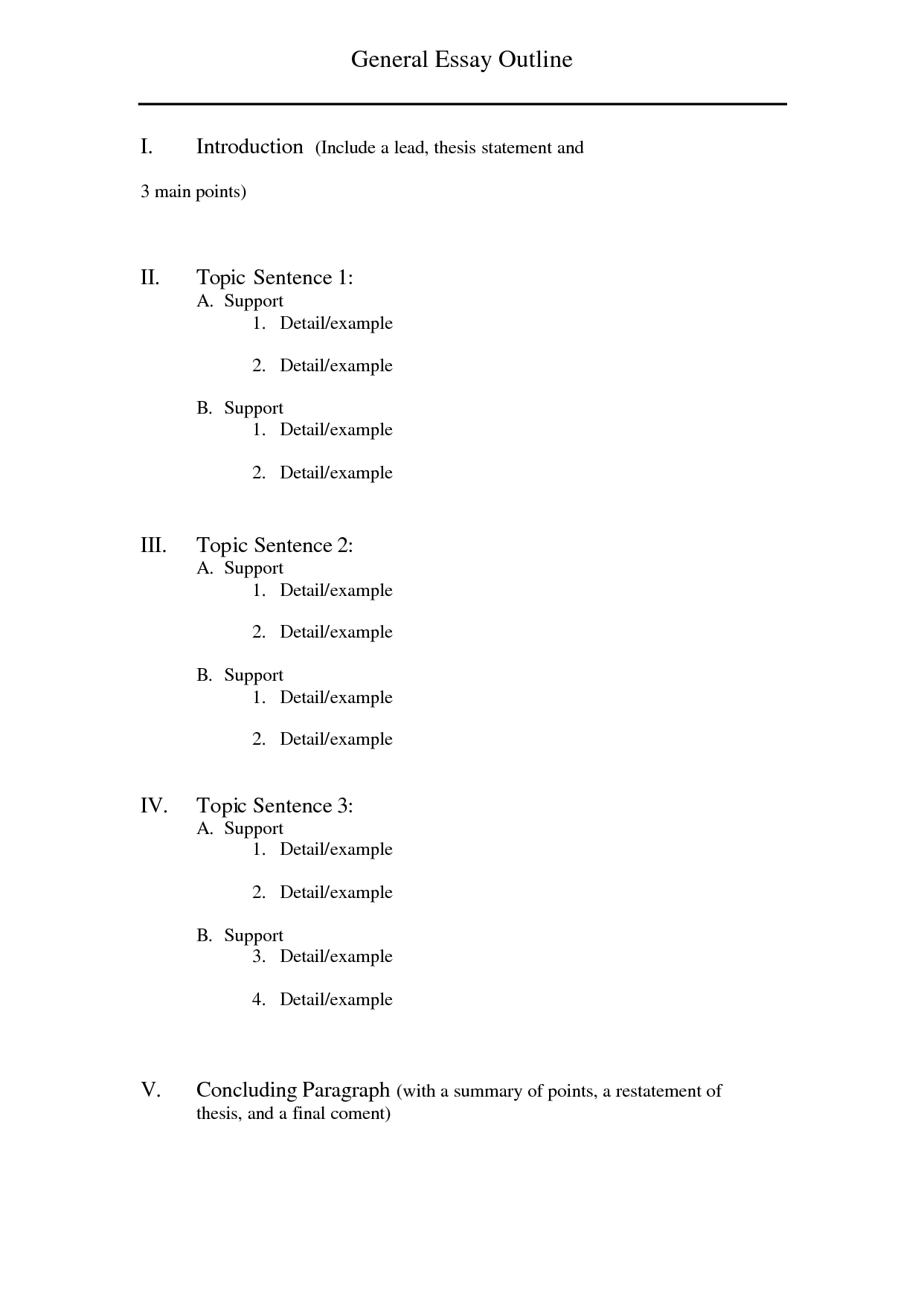
The opening should immediately state the purpose of the letter and mention the proposal’s subject. For instance, ‘I am writing to submit a proposal for…’ or ‘Attached is our proposal for…’ Be clear and concise. State the specific project or service the proposal concerns. Keep it brief, focusing on why you are writing. This grabs the reader’s attention and gives them a clear idea of what to expect. This sets the stage for the rest of the letter and the proposal itself. A compelling opening helps engage the reader from the start and encourages them to continue reading.
Highlighting Key Benefits
Briefly highlight the key benefits of your proposal. Focus on how your solution addresses the recipient’s needs or solves their problems. Use strong verbs and concise language to emphasize the value you offer. Mention the unique advantages of your proposal, such as cost savings, efficiency improvements, or innovative solutions. Tailor these benefits to the recipient’s specific requirements. Quantify the benefits whenever possible to provide concrete evidence of your value. This section makes your proposal stand out and shows the recipient why they should choose your offer.
Call to Action and Closing
End with a clear call to action, telling the recipient what you want them to do (e.g., review the proposal, schedule a meeting, or contact you with questions). Express your enthusiasm for the opportunity. Thank the recipient for their time and consideration. Offer your contact information again for easy access. Close with a professional salutation (e.g., ‘Sincerely’ or ‘Best regards’) followed by your typed name. A strong call to action is crucial for guiding the recipient. It ensures they know the next step and encourages them to move forward. A polite closing helps build a positive impression and reinforces your professionalism.
Formatting Your Proposal Cover Letter
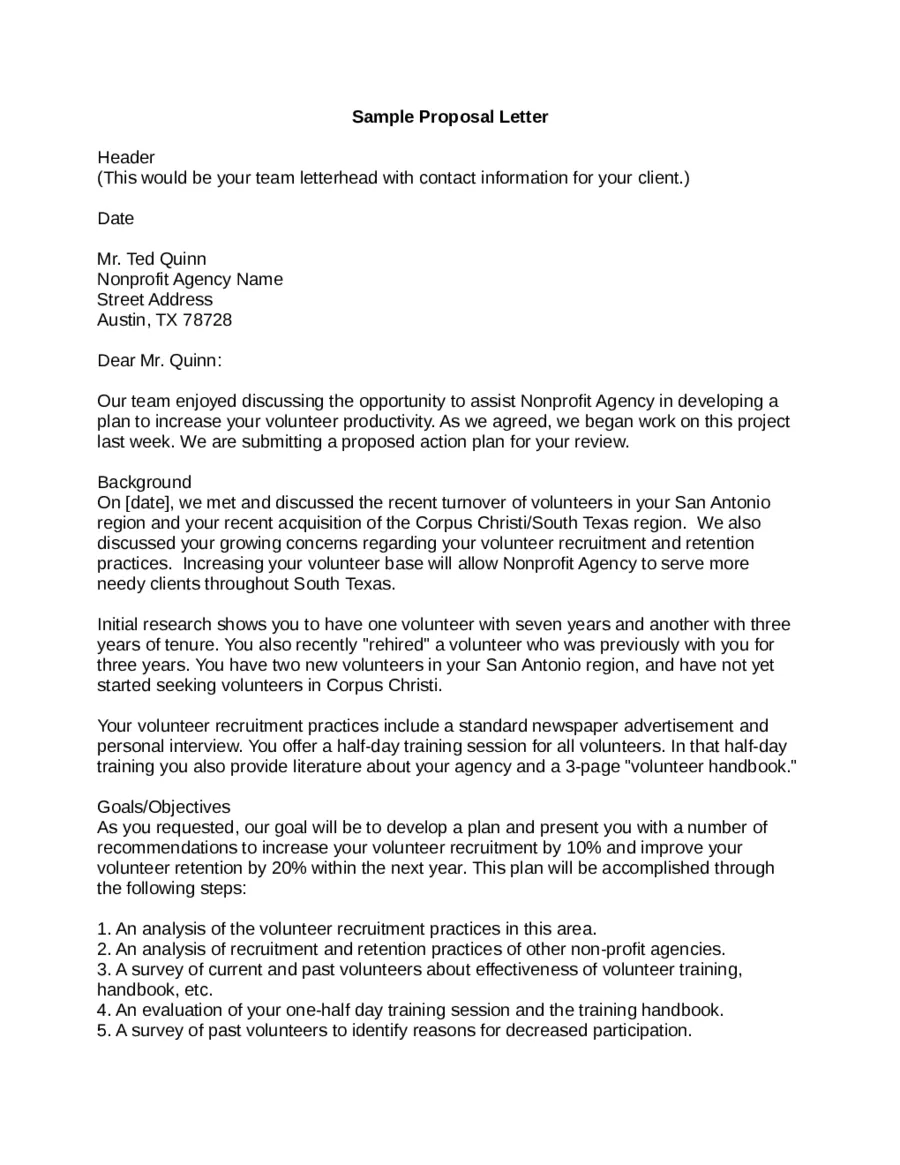
The formatting of your proposal cover letter is vital. Proper formatting ensures that your letter is easy to read, professional, and visually appealing. Good formatting also reflects attention to detail and professionalism, which can positively influence the recipient’s perception of your proposal. Using a consistent format makes your letter more readable and helps the reader focus on your key points. By following these guidelines, you can significantly enhance the impact of your cover letter and proposal.
Choosing the Right Tone and Language
The tone and language used in your cover letter should be professional and tailored to the recipient and the nature of the proposal. Use a formal tone unless you have an existing relationship with the recipient. Avoid slang, jargon, or overly complex language. Be clear, concise, and direct in your communication. Ensure your writing is grammatically correct and free of errors. Positive and confident language can convey enthusiasm and expertise. Tailor your tone to match the recipient’s industry and company culture. This approach helps create a strong first impression.
Proofreading and Editing
Proofreading and editing your proposal cover letter is a critical step. This ensures your letter is free of errors in grammar, spelling, punctuation, and style. Errors can undermine your credibility and detract from your message. Carefully review every word and sentence. Ask someone else to proofread your letter for a fresh perspective. Using grammar and spell-checking tools is a good idea, but they are not foolproof. Make sure your letter is well-organized and easy to read. A polished letter shows you pay attention to details and care about making a good impression. Take the time to review and revise your cover letter to guarantee professionalism.
Proposal Cover Letter Examples and Templates
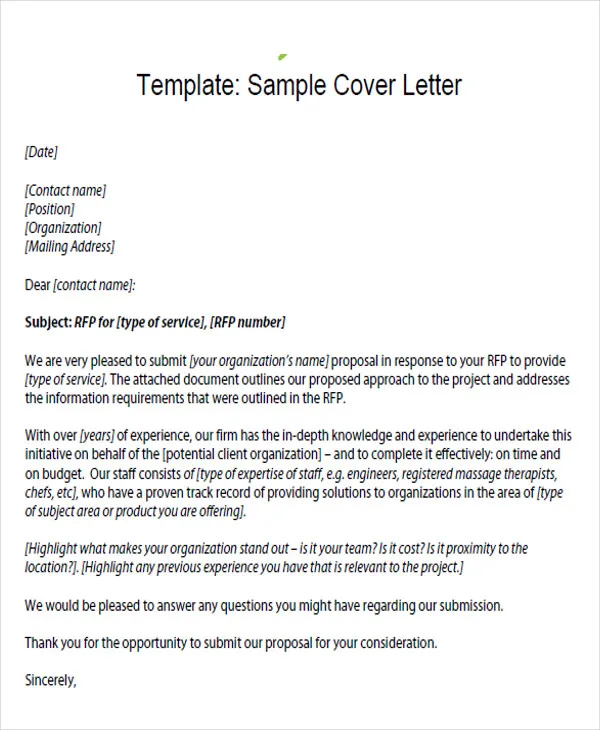
Reviewing examples and templates can help you understand the various components of a well-written proposal cover letter and see how they are applied in different contexts. Many resources are available online that can provide you with inspiration and guidance on how to write an effective cover letter tailored to your specific proposal type. You can also use templates to ensure you include all the necessary elements and structure your letter in a professional manner. However, remember to personalize the templates to suit your specific proposal and the recipient.
Example 1 Business Proposal
A business proposal cover letter example might be tailored for a new product launch or a service offering. The letter typically introduces your company, states the proposal’s purpose, highlights key benefits such as increased revenue or reduced costs, and includes a call to action to schedule a meeting for further discussion. The tone is formal and emphasizes business objectives and ROI. The example is structured to clearly outline the value proposition and encourage the recipient to carefully review the detailed business proposal. Consider including a brief summary of the proposed solutions to improve business processes.
Example 2 Grant Proposal
A grant proposal cover letter focuses on aligning your project with the funding organization’s mission and goals. The letter highlights how your project aligns with the grant’s objectives and the expected outcomes and impact of the project. It also provides a concise overview of your organization’s qualifications and experience. Key elements include a clear statement of purpose, a summary of the project’s goals, a description of its potential impact, and a call to action to review the grant proposal. This example often emphasizes the project’s significance and its contribution to the community or specific field.
Example 3 Project Proposal
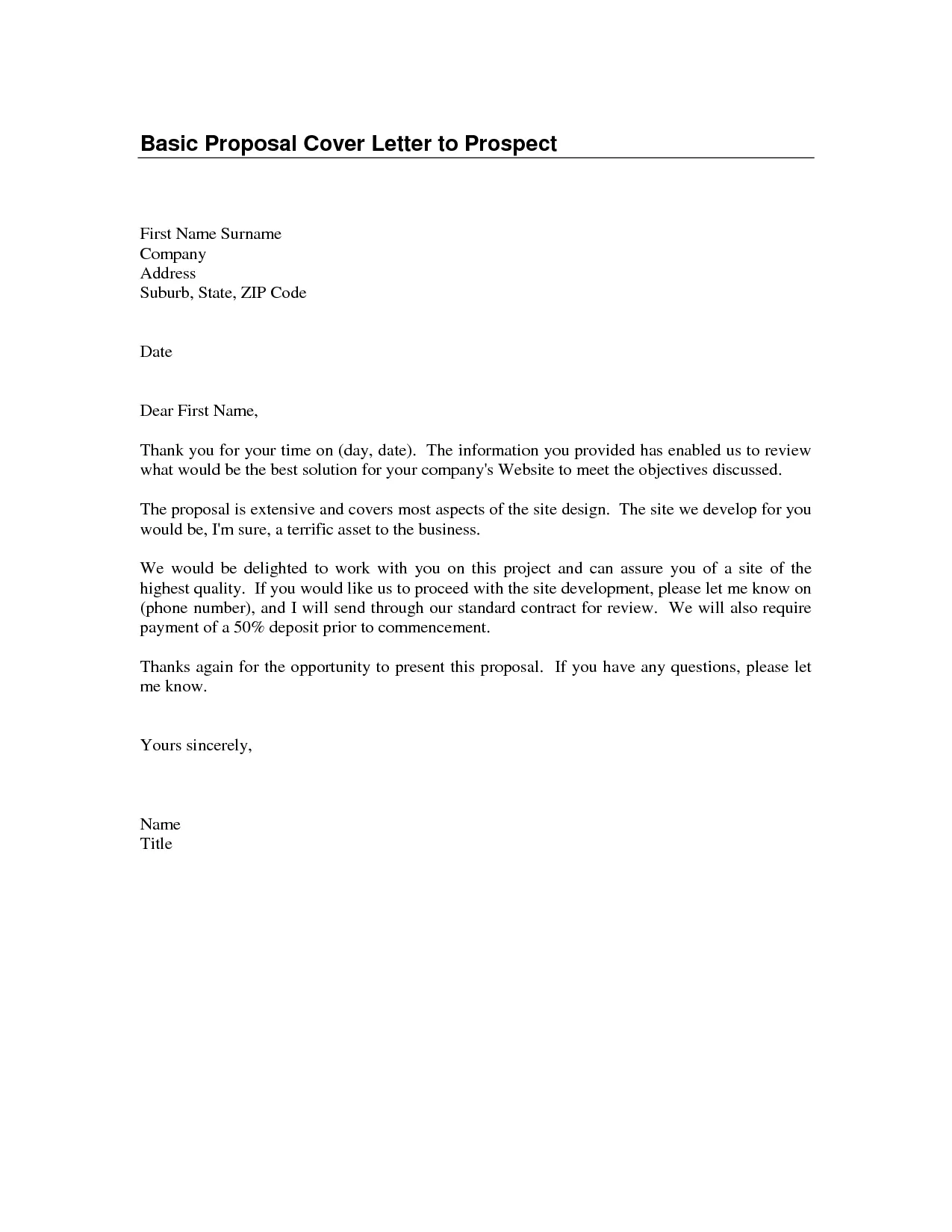
A project proposal cover letter should concisely introduce the project, summarizing the scope, objectives, and potential outcomes. It typically highlights your team’s expertise and experience and emphasizes the project’s feasibility and value. It usually includes a call to action to approve the project or request a follow-up meeting. The example should be customized based on the specific project type, industry, and the recipient’s preferences. It establishes the project’s importance and outlines how the project will be successfully completed, showing project management understanding.
Common Mistakes to Avoid in a Proposal Cover Letter
Avoiding common mistakes is essential for creating a professional and effective proposal cover letter. These mistakes can undermine your credibility, confuse the recipient, and reduce your chances of getting your proposal accepted. Addressing these common pitfalls ensures your cover letter is well-received and positively contributes to your proposal’s success. By being aware of these errors, you can avoid them and improve your proposal’s overall impact.
Using the Wrong Tone
One of the most common mistakes is using an inappropriate tone. If the tone is too casual, it might appear unprofessional. Alternatively, an overly formal tone can come across as aloof. Make sure your tone aligns with the relationship you have with the recipient. If you do not have an existing relationship, maintain a professional and respectful tone. Always consider your target audience and their preferences. Adapt your writing style to match the company’s culture and the nature of the proposal. A well-matched tone improves how the recipient receives your message and your proposal.
Failing to Highlight Key Benefits
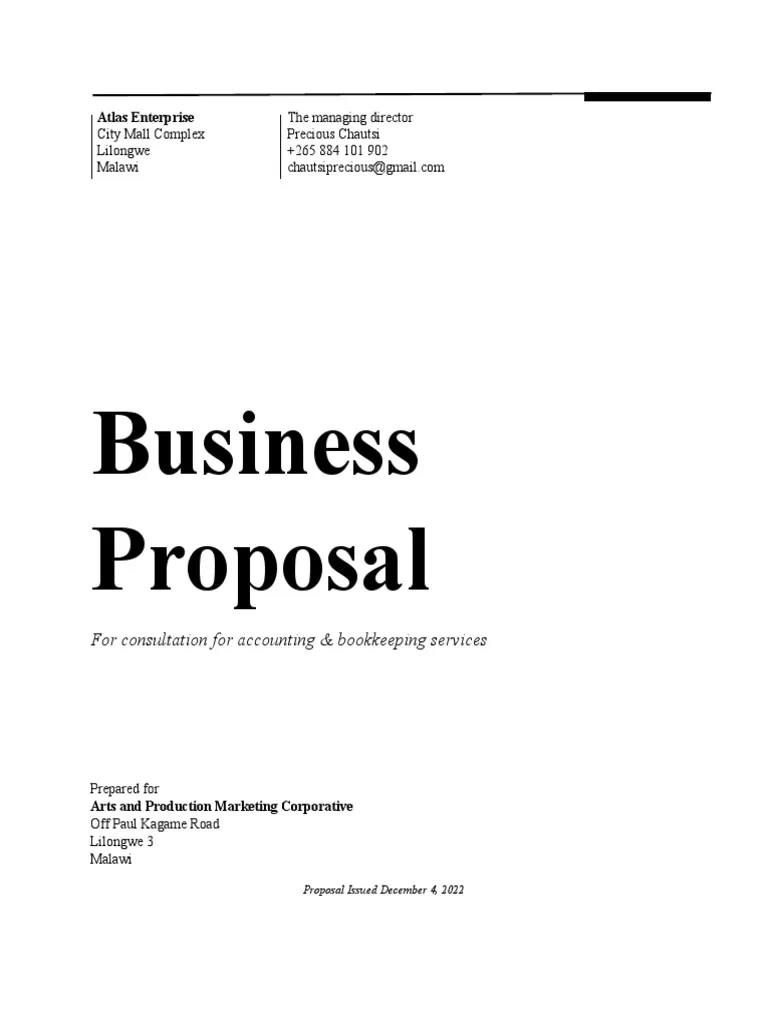
Another crucial mistake is failing to highlight key benefits. A cover letter should explicitly state the value your proposal offers. If you do not explicitly state the benefits, the recipient may not fully understand the value of your proposal. The letter should clearly articulate how your proposal addresses the recipient’s needs. It’s your chance to make an immediate impression about the proposal. Show what is in it for the reader. Ensure the benefits are tailored to the reader’s specific interests and requirements. Use quantifiable results to make your benefits more compelling. Highlighting key benefits improves how you communicate your value.
Lack of a Clear Call to Action
A lack of a clear call to action is a common error in proposal cover letters. A good call to action tells the reader what to do next. Always include a call to action to encourage action. Without a call to action, your letter can leave the reader unsure of the next steps. State your desired outcome clearly, such as ‘review the proposal,’ ‘schedule a meeting,’ or ‘contact me with any questions.’ The call to action directs the reader and increases the likelihood of a positive response. Make sure the call to action is concise and easy to follow.
Best Practices for Proposal Cover Letters
To write an effective proposal cover letter, you should follow best practices that will ensure that your message is clear, professional, and persuasive. Following these best practices helps you craft a cover letter that strengthens your proposal and enhances your chances of success. Attention to detail, personalization, and clear communication form the foundation of an effective cover letter.
Always customize your letter for each recipient and proposal. Address the recipient by name, if possible. Carefully review the recipient’s needs and requirements. Tailor your cover letter to address those needs and highlight the relevant benefits. Focus on the value and demonstrate your understanding of their challenges. Ensure your letter is free of errors in grammar, spelling, and punctuation. Present a clear and concise message and highlight the key benefits of your proposal. Include a clear call to action. Proofread and edit your letter before sending it. By following these best practices, you will make a strong impression and increase the chances of your proposal being accepted.
